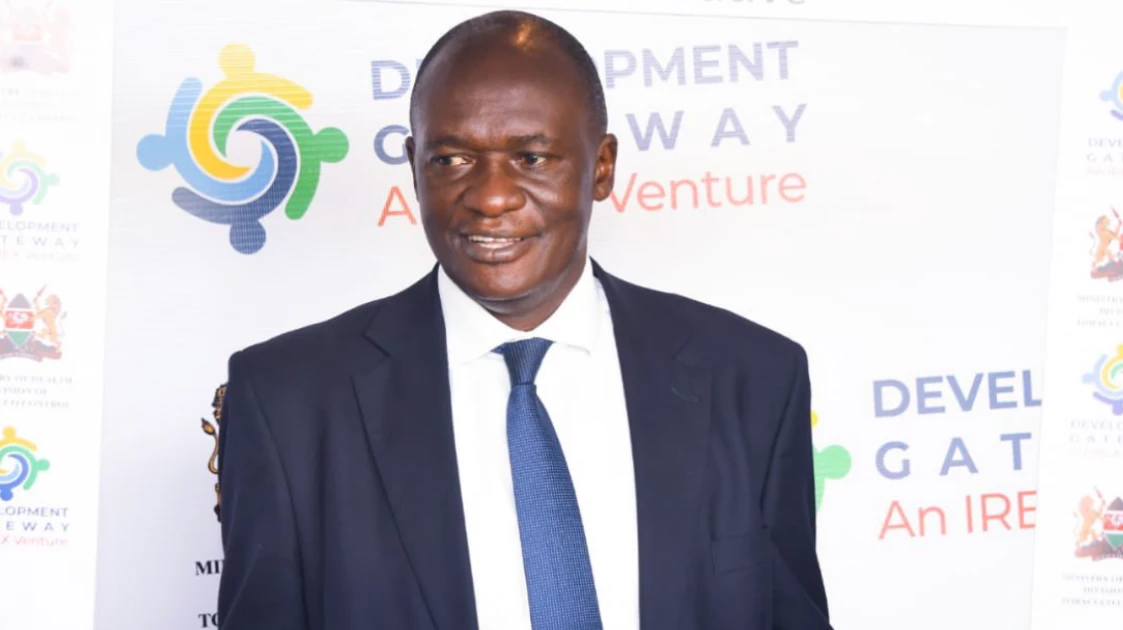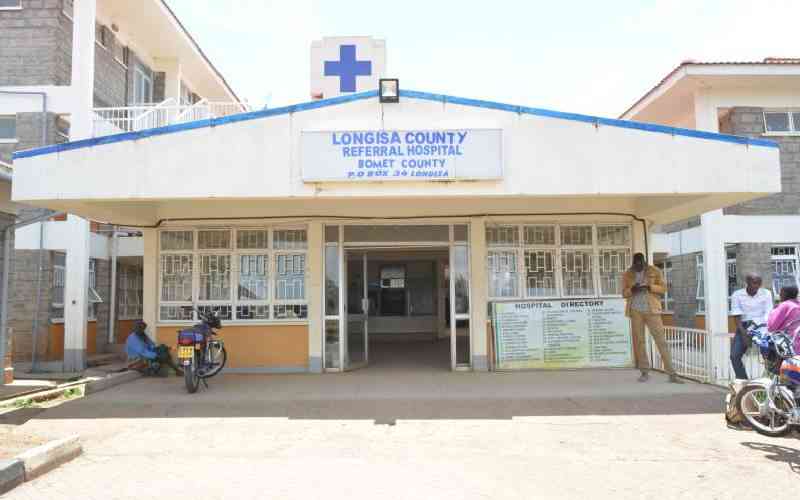Essendon’s injury toll isn’t just bad – it’s close to unprecedented. Every club faces battles with injury, and right now, the Bombers are deep in the trenches. They’re not alone – plenty of clubs have endured tough stretches. This just happens to be Essendon’s turn.
As of round 18, the Bombers have used 41 players, lost over 149 games to injury, and now have 17 players unavailable for selection this week. That’s more than a third of their list impacted — making it one of the most severe injury runs in recent AFL memory, both in volume and type.

Essendon have had a major injury crisis in season 2025, with the large number of injured players including (from left) Mason Redman, Kyle Langford and Sam Draper.Credit: Photos: AFL Photos. Artwork: Marija Ercegovac
They’ve already debuted 12 players, the most of any AFL team this year – and that number is set to grow. With Liam McMahon to make his debut on Thursday night against GWS and Rhys Unwin also in line for his maiden game before the season ends, they’ll have used at least 43 players from a list of 47. Of the few who haven’t featured, Nik Cox has missed the entire season with ongoing concussion issues.
But it’s not just the numbers — it’s the players and the reasons behind it. Core members like Sam Draper, Jordan Ridley, Kyle Langford, Zach Reid, Mason Redman, and Darcy Parish have all missed significant time, often for extended periods. These are the pillars of Essendon’s best 22. Nate Caddy and Ben Hobbs were the latest to join the injury list on Tuesday, then Elijah Tsatas did a hamstring on Wednesday.
In short, no, not entirely. Injuries are part of footy. The game is physically brutal, and some setbacks are simply unavoidable. Contact or traumatic injuries – like syndesmosis or ankle fractures from awkward landings or tackles – often fall into the “bad luck” category. Harrison Jones’ foot injury, where he landed with full force on the outside of his ankle, is a clear example.
But not all injuries are created equal. Soft-tissue injuries – hamstrings, calves, quads – are far more preventable.
It comes down in part to how effectively an athlete is exposed to and managed through appropriate training loads, conditioning, and strengthening.
Communication between players and the high-performance team is crucial. While there are uncontrollable factors such as predisposing genetics, effective load management, early identification of at-risk players and timely program adjustments – particularly during the return-to-play phase – can significantly reduce injury risk.
That’s where reoccurrences raise red flags.
At Essendon, several players – including Redman, Reid, Langford, and Parish – have suffered multiple soft-tissue injuries this year, many of them repeats. That pattern suggests there could be deeper issues.
Then there are the season-ending injuries: ACLs and an Achilles rupture. They’ve hit the Bombers hard, with Draper (Achilles), Nick Bryan, Tom Edwards and Lewis Hayes (ACLs), and most recently Nic Martin, all sidelined.
Loading
Again, while genetics can play a role, research shows that some of these major injuries often start with small, hidden changes in the tendon or ligament. These changes can sit quietly for months without causing any pain, making them hard to spot, but over time, repeated strain and load can cause them to weaken. Then, combined with an unlucky landing or awkward angle, they can suddenly rupture.
That’s why detailed athlete screening and balanced loading is so important.
We don’t know whether there were any warning signs for any of Essendon’s injured players. But if an athlete shows reduced strength or mobility in a key area, or early signs of injury risk, targeted prevention programs are typically introduced to correct those weaknesses and reduce the chance of serious injury.
That said, even when everything is done right, injuries can still happen. But in elite sport, the pressure to get things right has never been greater – and that’s exactly why this review matters so much.
Essendon’s internal review will be wide-ranging, and rightly so.
The key question the Bombers need to be asking as they enter that review is, “is our program giving our players the best chance to stay healthy and perform?”
To answer that, they’ll have to ponder a series of other questions along the way. Here’s what they’ll be asking:
Loading
Loading
- Is the list over-indexed on athletes with soft-tissue or ACL risks?
6. Is there clear and consistent alignment between the football department and high-performance team?
Confirmation bias is real. If you think something’s broken, you’ll find proof it is. But when things seem to be going well, problems can slip under the radar.
Someone or something may be blamed for what’s happening at Essendon now, but that doesn’t necessarily mean they’re the true cause. There are simply too many variables at play. One thing is certain: things will change. They have to.
Yes, absolutely. The challenge with having so many ACL and long-term injuries is that it will impact the team heading into the following season. These injuries typically require around 12 months of recovery, often longer, and it can take up to two years for athletes to return to their pre-injury performance levels. Currently, five players won’t be back until mid-next year.

The walking wounded of Tullamarine: Will Setterfield and Nic Martin.Credit: Getty Images
This also affects the team’s ongoing list management. Players who are repeatedly susceptible to soft-tissue injuries face a higher risk of re-injury, no matter how much their training programs are adjusted. The same applies to ACL injuries – once a player has had one, the risk of recurrence remains a serious concern.
As for whether players consider a club’s injury reputation – that’s without question.
Players and their managers are more informed than ever. How a club handles injuries, recovery, and reconditioning is critical.
It’s not just about resources; it’s about trust. If a club develops a reputation for poor injury management, it can impact both player retention and recruitment. Players want to be at clubs where they’re well cared for and have the best chance to perform and extend their careers.
That’s not to say that’s the case at Essendon – the review will provide those answers. In today’s AFL environment, high-performance and medical programs are seen as competitive advantages.
If those become liabilities, players and their agents will notice.












